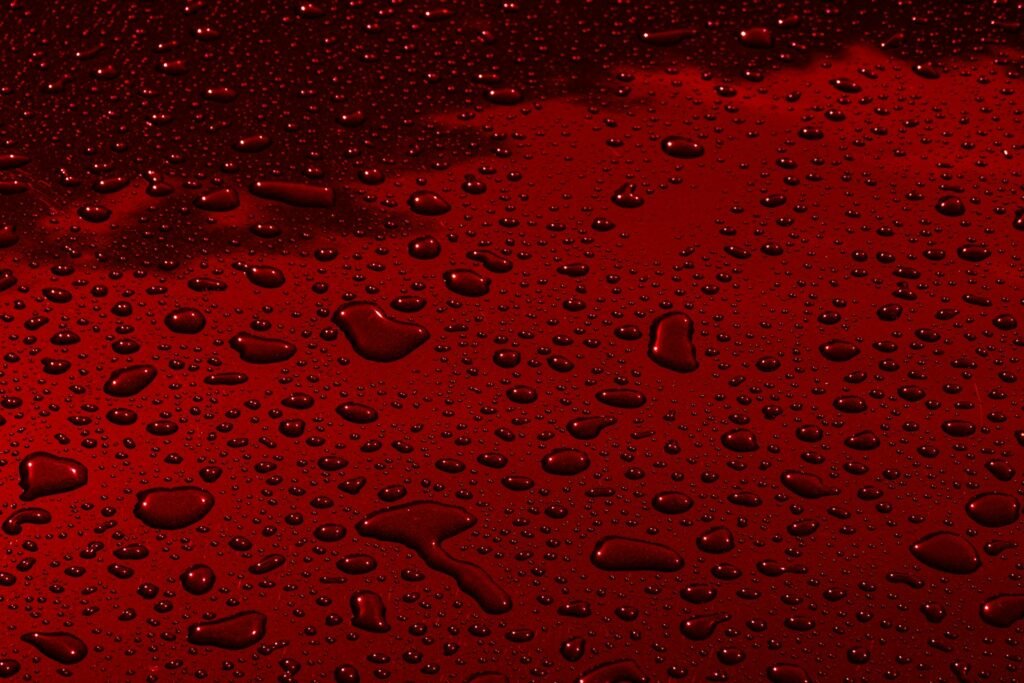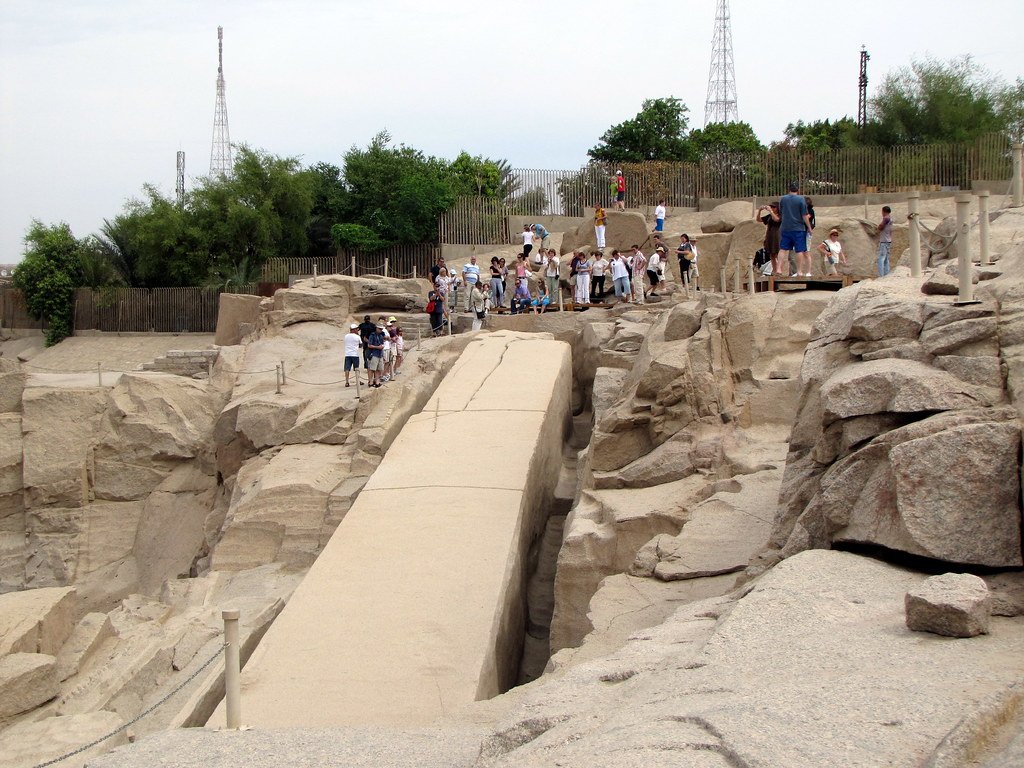It starts like a rumor: cars blushing with rust-red speckles, patios streaked the color of clay, neighbors whispering about a sky that bled. Then comes the evidence, gritty and undeniable, rinsed from gutters and gathered in jars on kitchen counters. What looks ominous is, in truth, a rare atmospheric handshake between weather and Earth, science and story. Researchers now know that desert dust and, on rarer occasions, pigmented microbes can tint raindrops a startling shade of red. The mystery remains irresistible because it collapses distance – sand from a faraway desert or spores from a hidden niche, arriving in your backyard as a crimson surprise.
The Hidden Clues
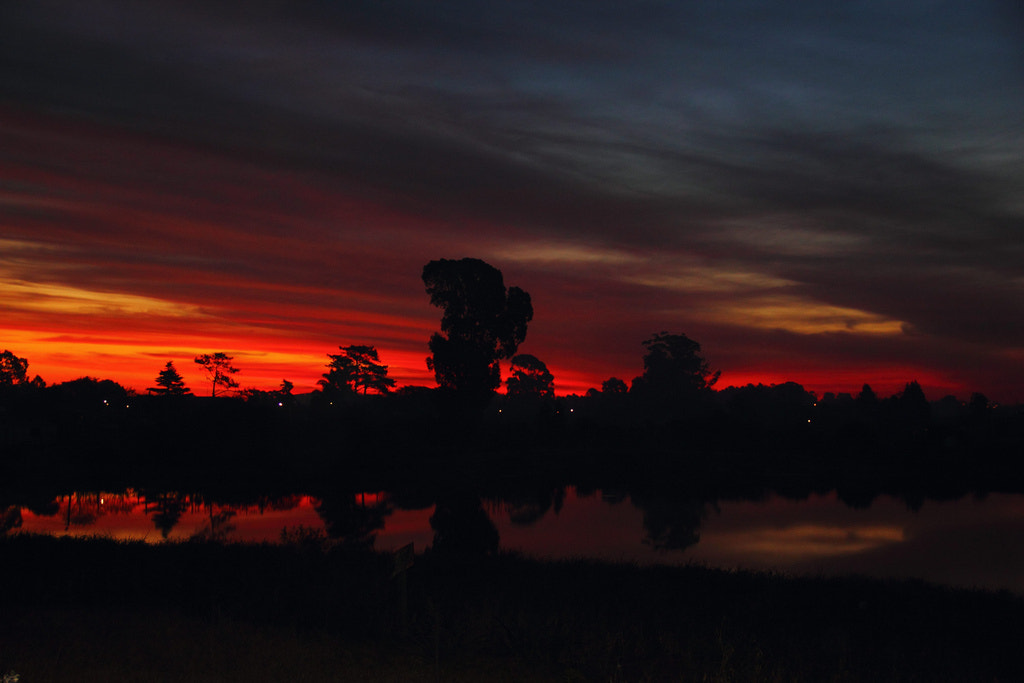
What if the sky’s strangest moments are simply the atmosphere writing in red ink? The first clues hide in the residue: a fine, rust-hued film that coats windshields and windowsills after the storm passes. Under a microscope, that film often reveals angular mineral grains stained by iron oxides, tiny shards that match the geologic fingerprints of distant deserts. In other cases, technicians see cell walls and pigments – organic shapes that point to airborne algae or lichen-forming partners. Either way, the story begins with particles aloft, waiting for raindrops to sweep them from the sky.
Those raindrops don’t merely fall; they harvest. As droplets grow in turbulent air, they scavenge dust, pollen, spores, and soot, a process atmospheric scientists call collection or washout. If there’s enough red-tinted material – especially iron-rich dust or carotenoid-laden cells – the water in your bucket looks faintly tea-colored and dries into a brick-red crust. To your eyes, that’s blood rain; to researchers, it’s a chemical and biological census taken mid-storm. The clues are everywhere if you know to look, and they lead straight from your street to continents away.
From Ancient Tools to Modern Science
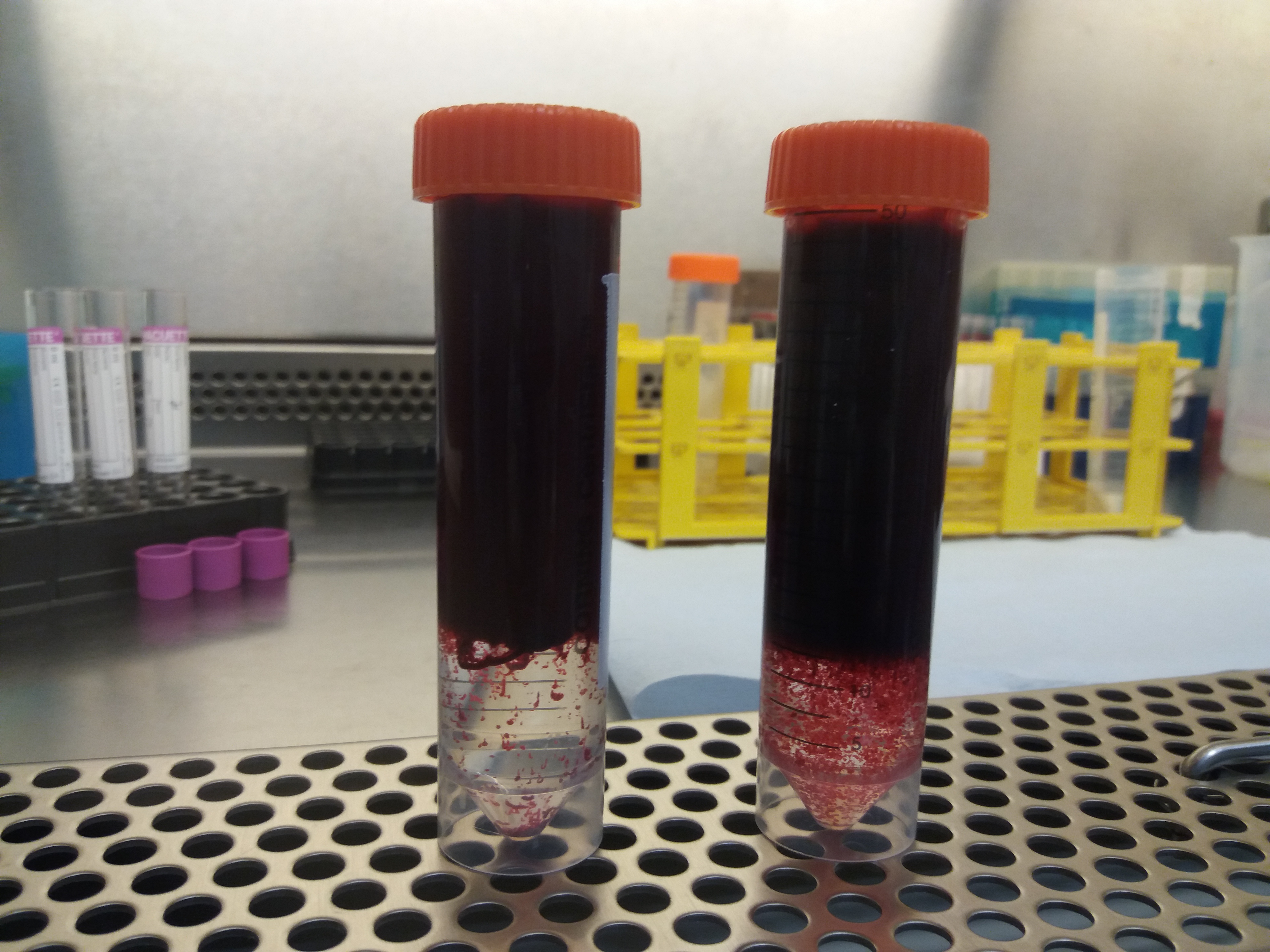
Long before microscopes and satellites, red rain felt like an omen; chronicles from the Mediterranean to South Asia described scarlet showers as a warning. The old tools were eyes and ink, and the explanations leaned toward myth because there was nothing else to go on. As instruments advanced, the narrative flipped from prophecy to physics and ecology. Glass slides and staining techniques exposed mineral grains and pigmented cells; simple chemistry confirmed iron content and organic pigments. Today, the same curiosity that filled those early scrolls fuels sample kits, lab assays, and flight paths for research aircraft.
Modern tracking links the sky’s color to specific sources with surprising precision. Satellite sensors map aerosol plumes as they cross oceans, while ground-based lidars trace layers of dust stacked like pages in the air. Weather models simulate the journey, estimating where and when those particles will meet rain. Genetic barcoding can even identify the lineage of airborne algae when they’re present. The result is a detective story with better evidence and fewer ghosts.
When Dust Paints the Sky
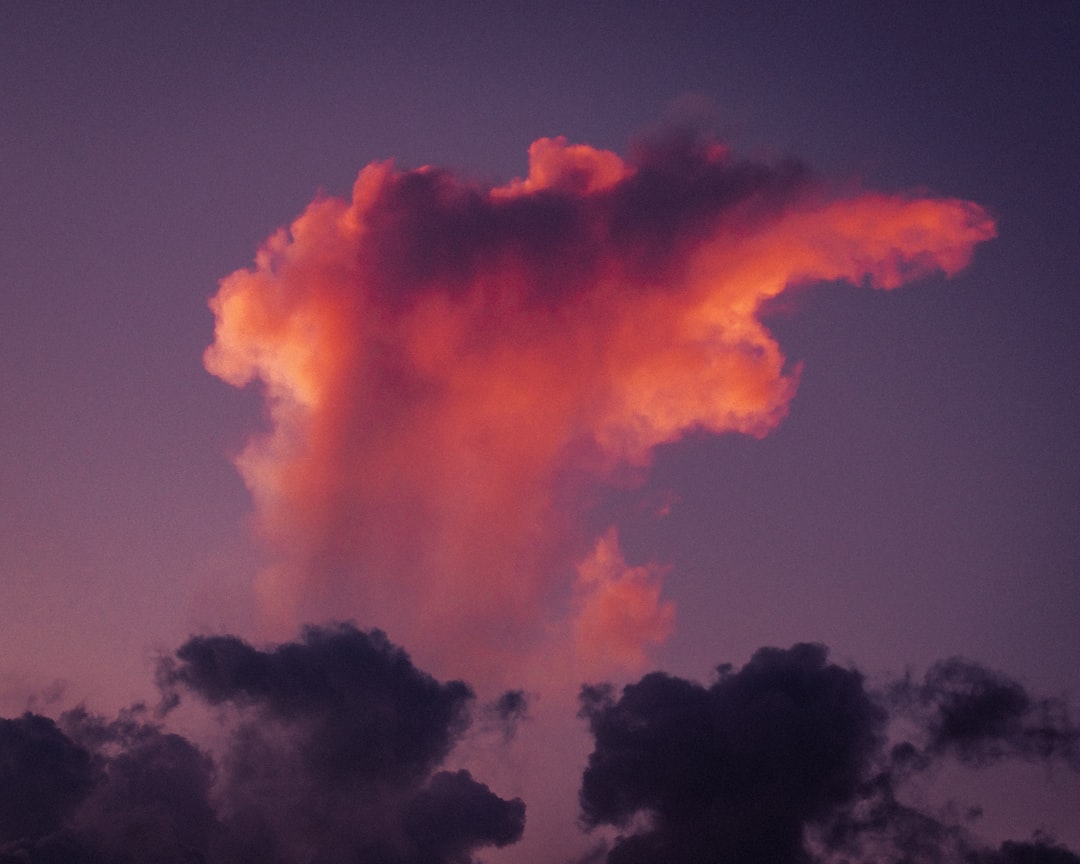
Deserts are not quiet; they are engines that launch minerals into the global bloodstream of the atmosphere. Strong winds lift silt and clay, lofting particles that ride high-altitude highways for thousands of miles. Iron oxides – think natural rust – give desert dust its reddish tint, and when storms pull those particles into moisture-rich air, rain becomes the perfect delivery system. Each drop gathers a cargo of dust, falls, and splashes a reddish film across whatever it hits. By the time the storm clears, the story is written in ocher streaks and speckled driveways.
This is why red rain often follows Saharan incursions into southern Europe, or arrives after spring dust events in the American Southwest. The color is not uniform because particle concentrations vary wildly within a single storm, from street to street and cloud to cloud. Air-quality monitors usually register a jump in coarse particles during these events, and sensitive groups can feel the difference in their lungs. Yet the iron and clay themselves are familiar Earth ingredients – more nuisance than nightmare. The drama is visual; the science is steady.
The Algae Angle: Microbes That Tint the Clouds

Dust isn’t the only artist in the sky’s palette; pigmented microorganisms can lend a red hue when conditions align. Certain algae and lichen-forming partners produce vivid carotenoids, pigments that act like tiny sunscreen and, occasionally, like crimson paint. During rare blooms, dry fragments and spores can be swept aloft and mixed into clouds, where raindrops gather them just as they do mineral dust. In a jar, the water may look faintly pink, and under magnification the culprit is unmistakably biological. It’s the same principle behind red or watermelon snow in alpine regions, just shifted from ice fields to rainclouds.
These microbial events are rarer and usually far more localized than dust-driven red rain. They demand a trifecta: a source population, a lifting mechanism, and a storm that cooperates on timing. Lab tests can separate the signatures – minerals show crystalline edges and iron chemistry, while algal cells reveal pigments and DNA. Most red rain worldwide traces back to dust, but the microbial episodes keep researchers honest and curious. Nature likes to mix mediums, and sometimes the brush is alive.
Global Perspectives
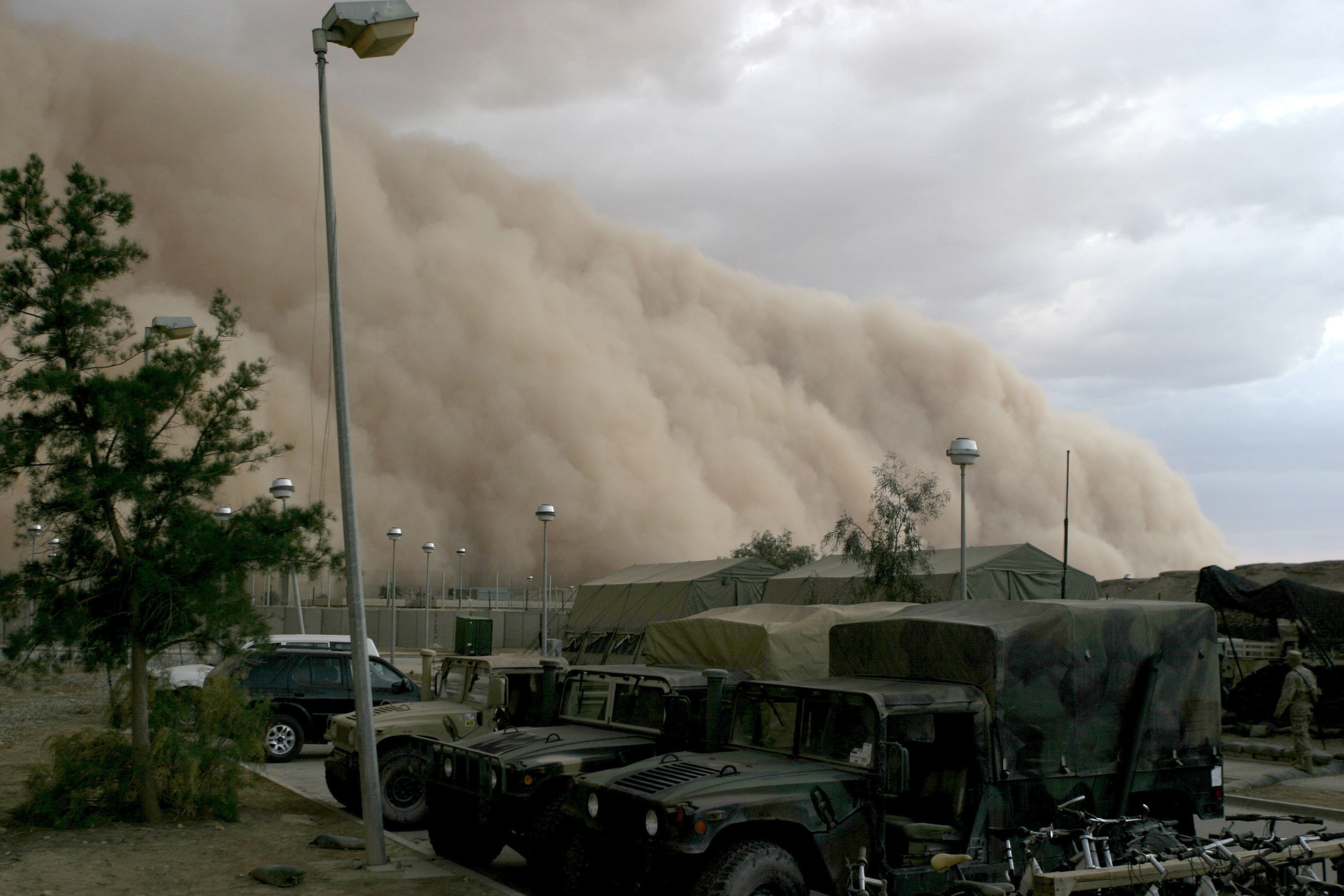
Blood rain headlines often erupt in places unaccustomed to desert influence, but the phenomenon is global. Europe sees it when Saharan plumes arc north; the Mediterranean catches it more frequently; island chains downwind of deserts know it well. In the Americas, dust from the Southwest and northern Mexico can stain storms, while transatlantic plumes occasionally reach the Caribbean and the southeastern United States. South Asia and the Middle East, perched near vast arid basins, live with dust-season rhythms that sometimes end in tinted downpours.
Local landscapes shape the experience. Coastal cities report red film on boats and balconies, while mountain villages find streaks on snowfields after a spring storm. Farmers sometimes notice the residue on leaves and irrigation trays, and solar-panel owners grumble about the cleanup. Public reaction swings from fascination to alarm, especially when cars look like they parked under a giant paintbrush. The science helps translate that reaction into understanding rather than fear.
Why It Matters
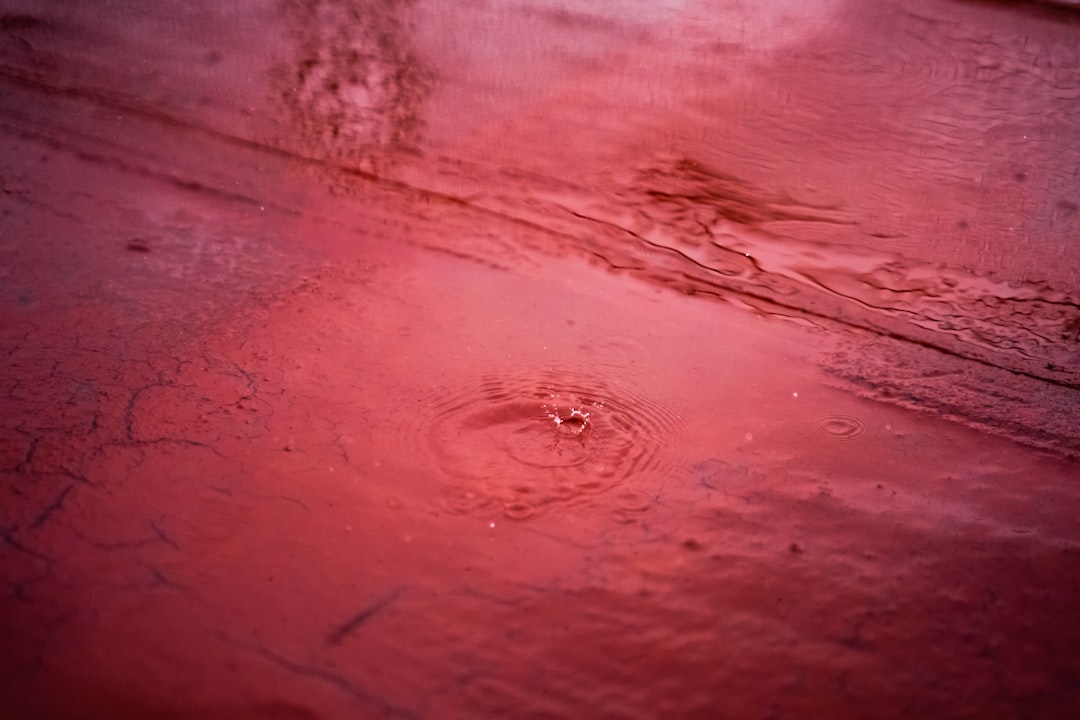
Beyond the spectacle, red rain is a real-time report card on the movement of Earth’s materials through the air. Traditional air monitoring stations sample at fixed points, but a tinted storm paints a broader picture right across roofs and fields. When dust dominates, the event highlights drought patterns, wind anomalies, and land-use changes in source regions – information that complements satellite data and models. When microbes are involved, the rain becomes a reminder that the atmosphere is an ecosystem highway, moving life as well as minerals. Both stories feed into public health planning and environmental policy.
There are practical stakes, too. Dust deposits can degrade solar output until panels are cleaned, nudge water chemistry in small catchments, and temporarily elevate coarse particle levels that bother sensitive airways. Emergency managers and city crews use red rain episodes to tune cleanup logistics and communicate risk without panic. For me, the lesson landed the morning I found my car freckled red after a spring storm; what felt eerie at first became a gateway to maps, measurements, and a better grasp of my local air. Curiosity beat worry – and that’s the point.
The Future Landscape
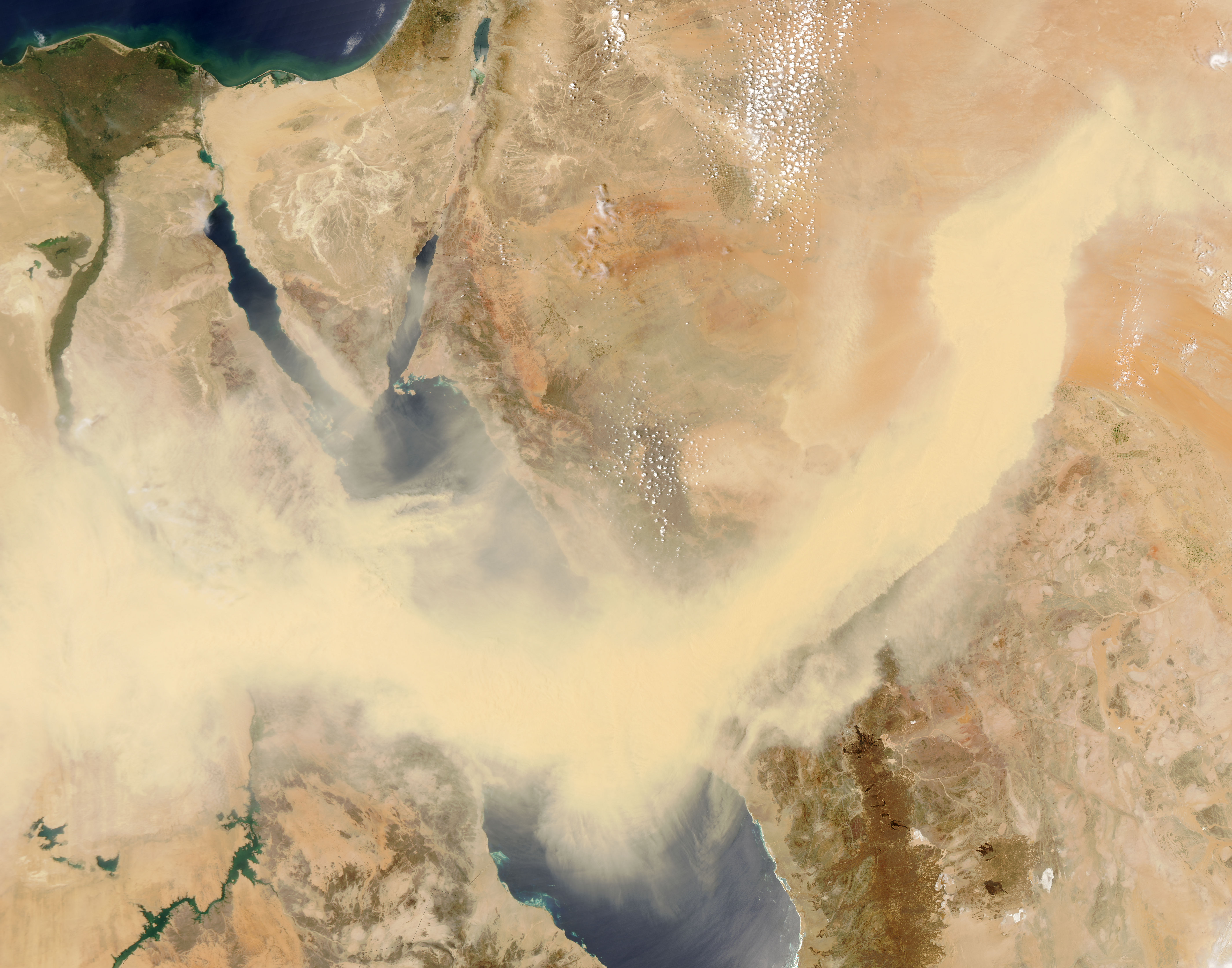
As climates shift and land use changes, the routes and intensity of dust transport are likely to change as well. Some models suggest longer dry seasons in key source regions, which can amplify the supply of loftable particles, even as global trends in dust can vary by basin. Warmer oceans tweak storm tracks, potentially altering where and when rain scrubs the sky of those particles. Urban expansion and agriculture near deserts can either stabilize soils with vegetation or expose them, depending on practice, tipping the balance toward or away from red-streaked storms. Microbial contributions may also shift as temperatures and nutrient cycles change.
Technology will keep pace. New satellite imagers refine aerosol maps in near real time, while ground lidars and low-cost sensors fill gaps at street level. In the lab, faster genetic assays can flag biological pigments within hours, separating dust-driven events from microbial ones with confidence. Forecast centers already issue dust advisories; in the near future you might see specific red rain potential tagged in weather apps. The more we measure, the less mysterious the crimson sky will feel – and the quicker communities can prepare and adapt.
Conclusion
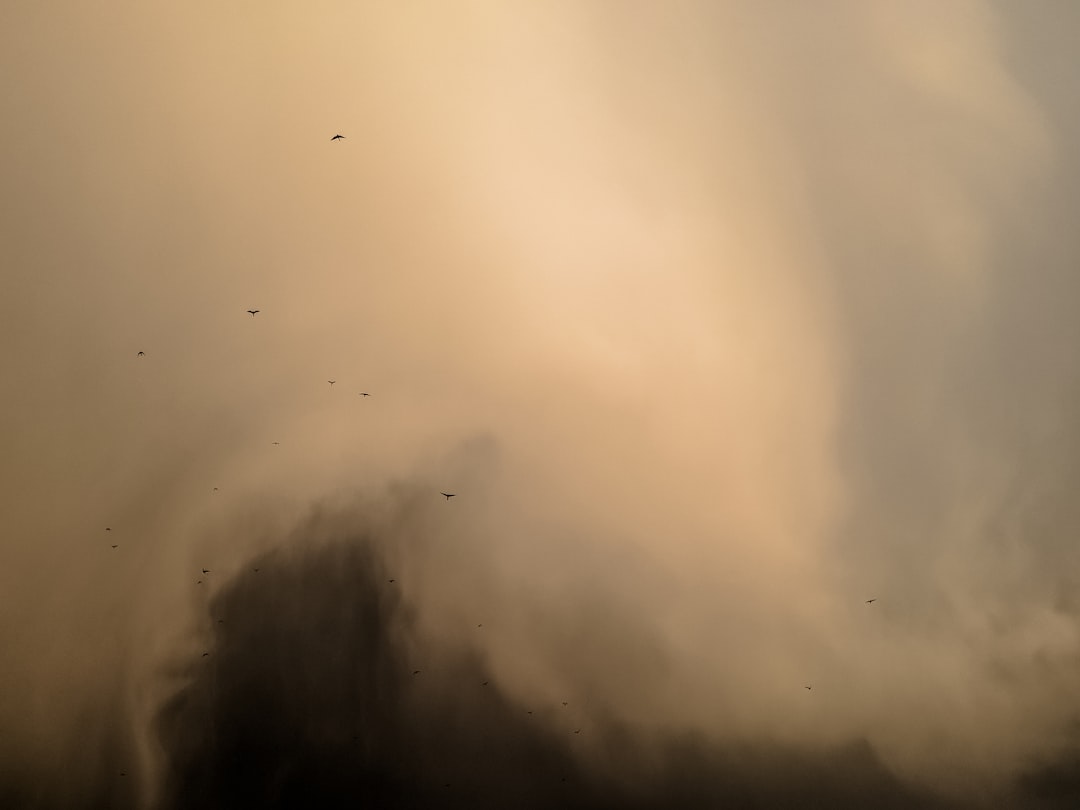
Start simple: if you experience a red rain event, photograph the residue, note the date and time, and report it to your local weather service or citizen-science platforms. Collect a small sample in a clean glass jar, then rinse the area thoroughly if you have respiratory sensitivities or rely on solar panels. Follow dust and air-quality forecasts during windy seasons, and plan outdoor activities with vulnerable family members in mind. Support soil conservation and reforestation efforts in arid regions, where stabilizing the ground pays dividends for communities downwind. Small acts of awareness turn a startling scene into shared data and smarter decisions.
Curiosity is your best tool. Treat the red film as a story to decode, not a signal to panic, and invite kids or neighbors to help observe and learn. Ask local schools or libraries to host talks on dust, algae, and the living atmosphere. Back research groups that convert observations into better forecasts and healthier cities. When the sky writes in red again, will you be ready to read it?

Suhail Ahmed is a passionate digital professional and nature enthusiast with over 8 years of experience in content strategy, SEO, web development, and digital operations. Alongside his freelance journey, Suhail actively contributes to nature and wildlife platforms like Discover Wildlife, where he channels his curiosity for the planet into engaging, educational storytelling.
With a strong background in managing digital ecosystems — from ecommerce stores and WordPress websites to social media and automation — Suhail merges technical precision with creative insight. His content reflects a rare balance: SEO-friendly yet deeply human, data-informed yet emotionally resonant.
Driven by a love for discovery and storytelling, Suhail believes in using digital platforms to amplify causes that matter — especially those protecting Earth’s biodiversity and inspiring sustainable living. Whether he’s managing online projects or crafting wildlife content, his goal remains the same: to inform, inspire, and leave a positive digital footprint.

